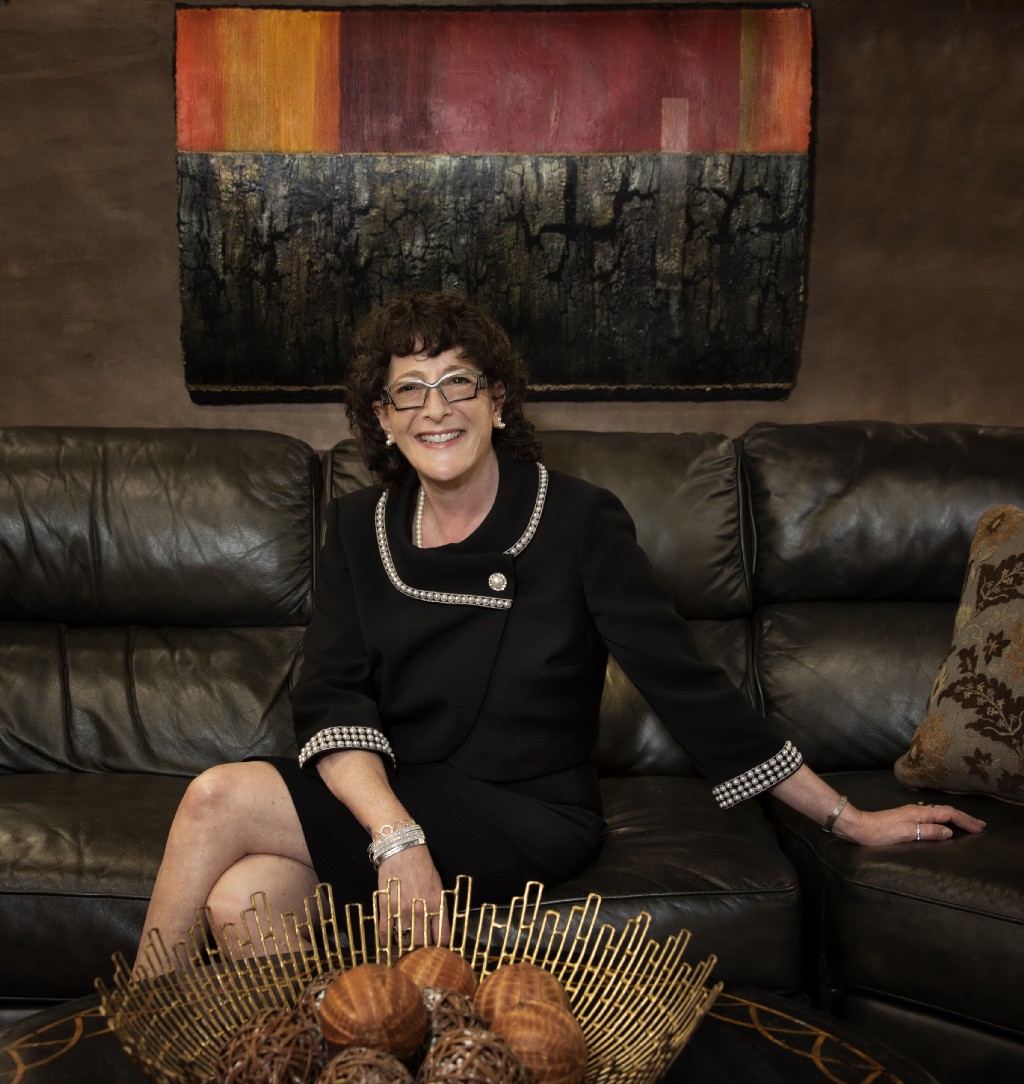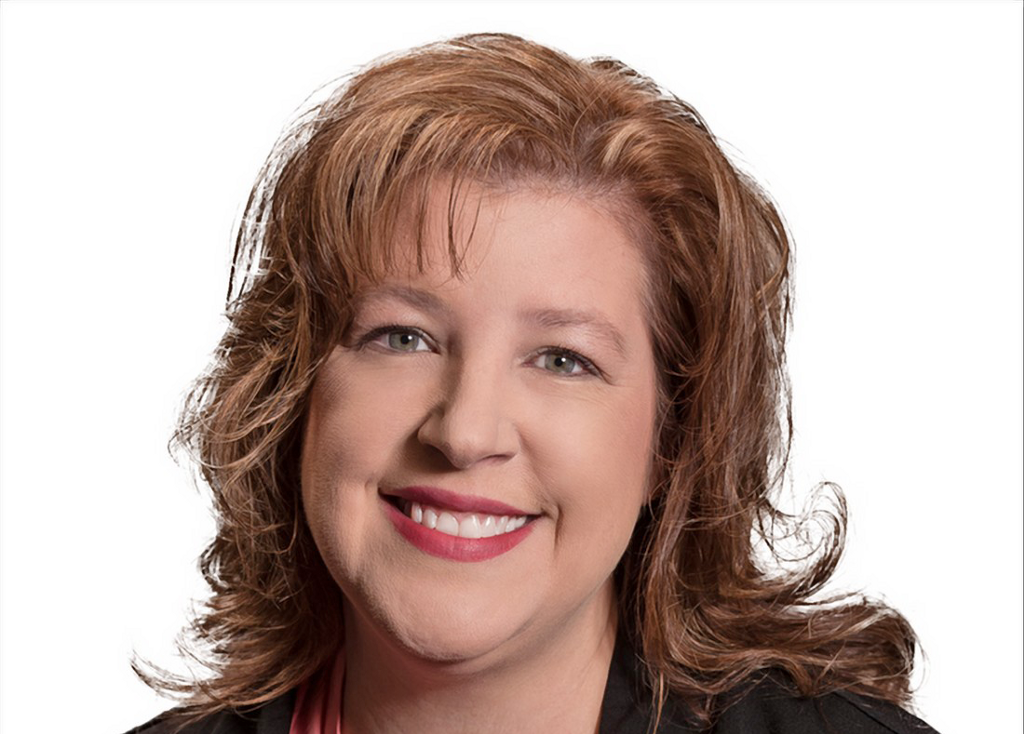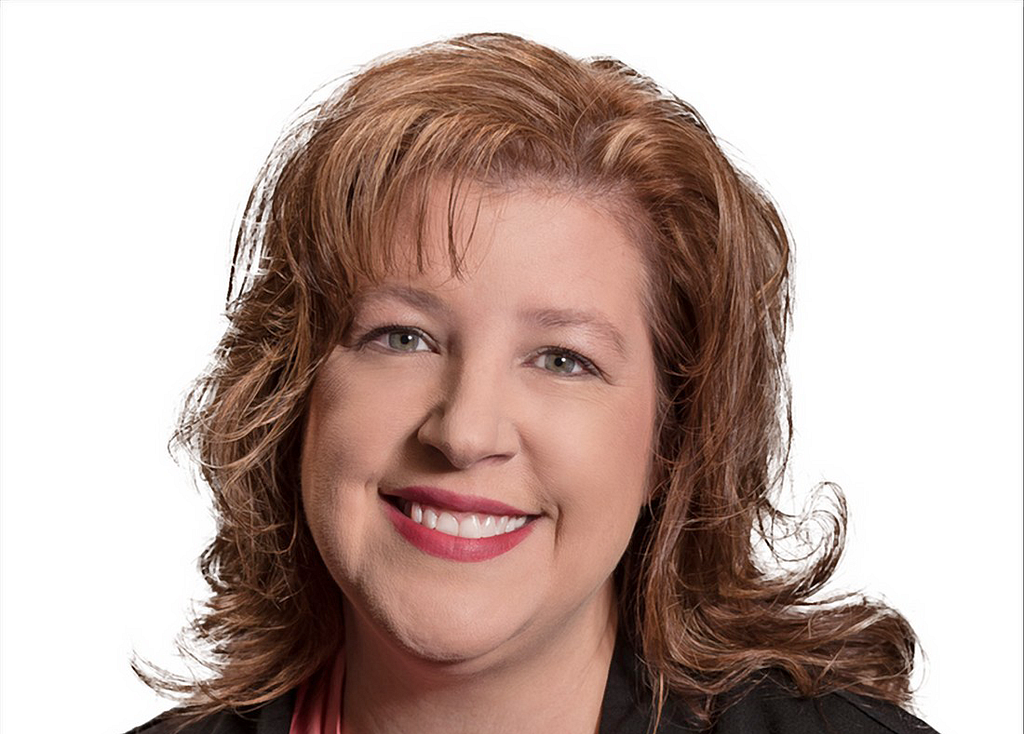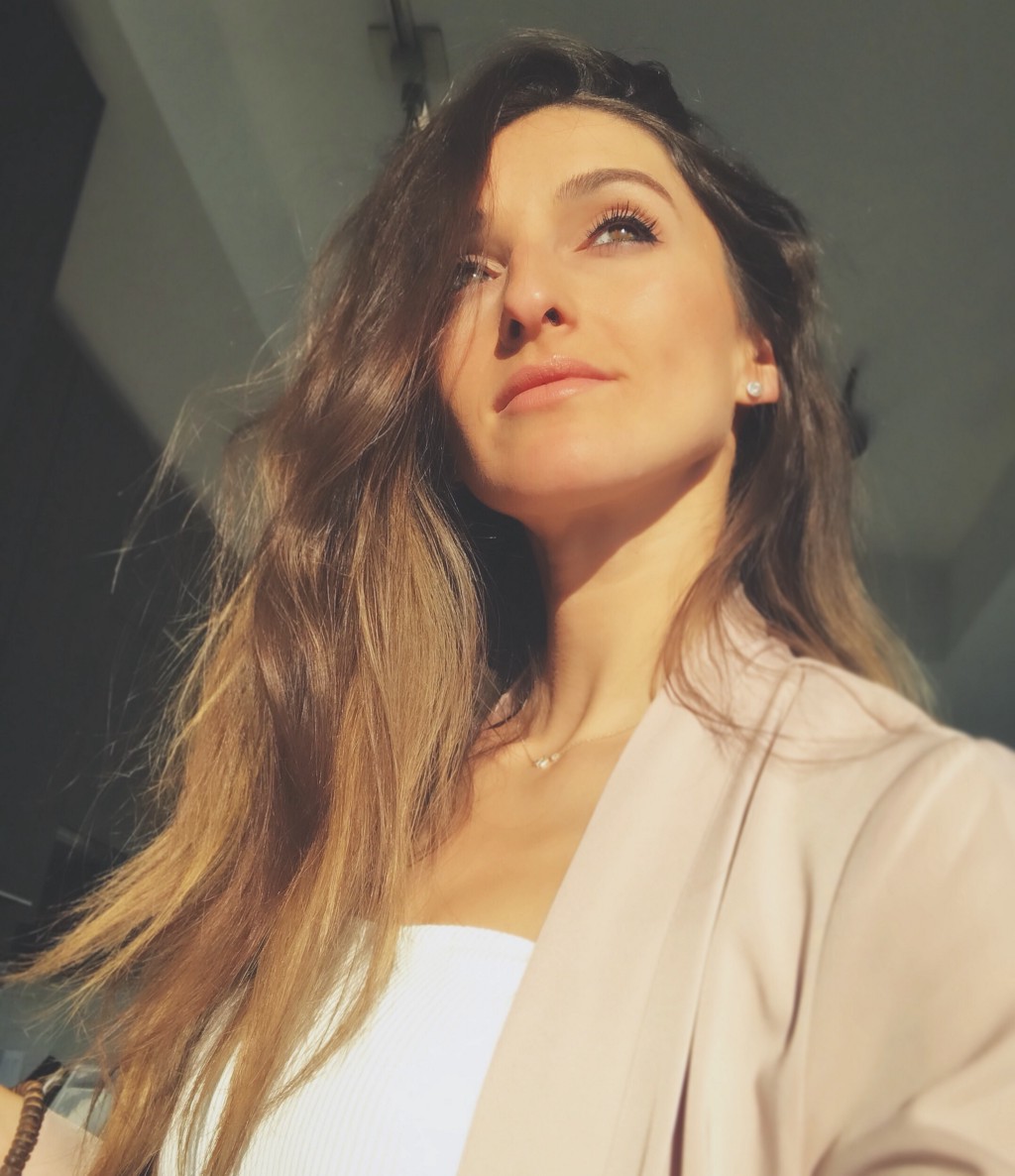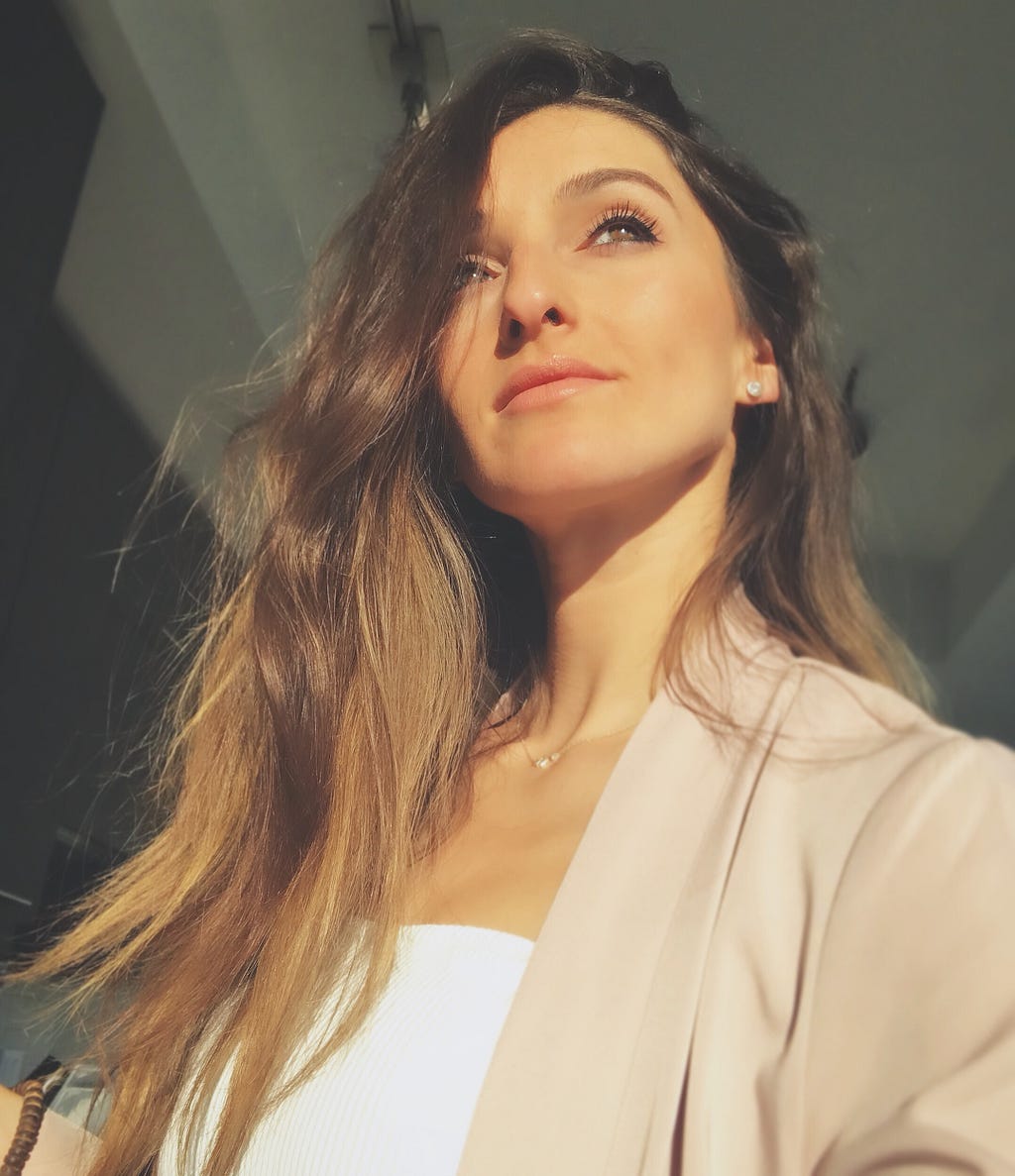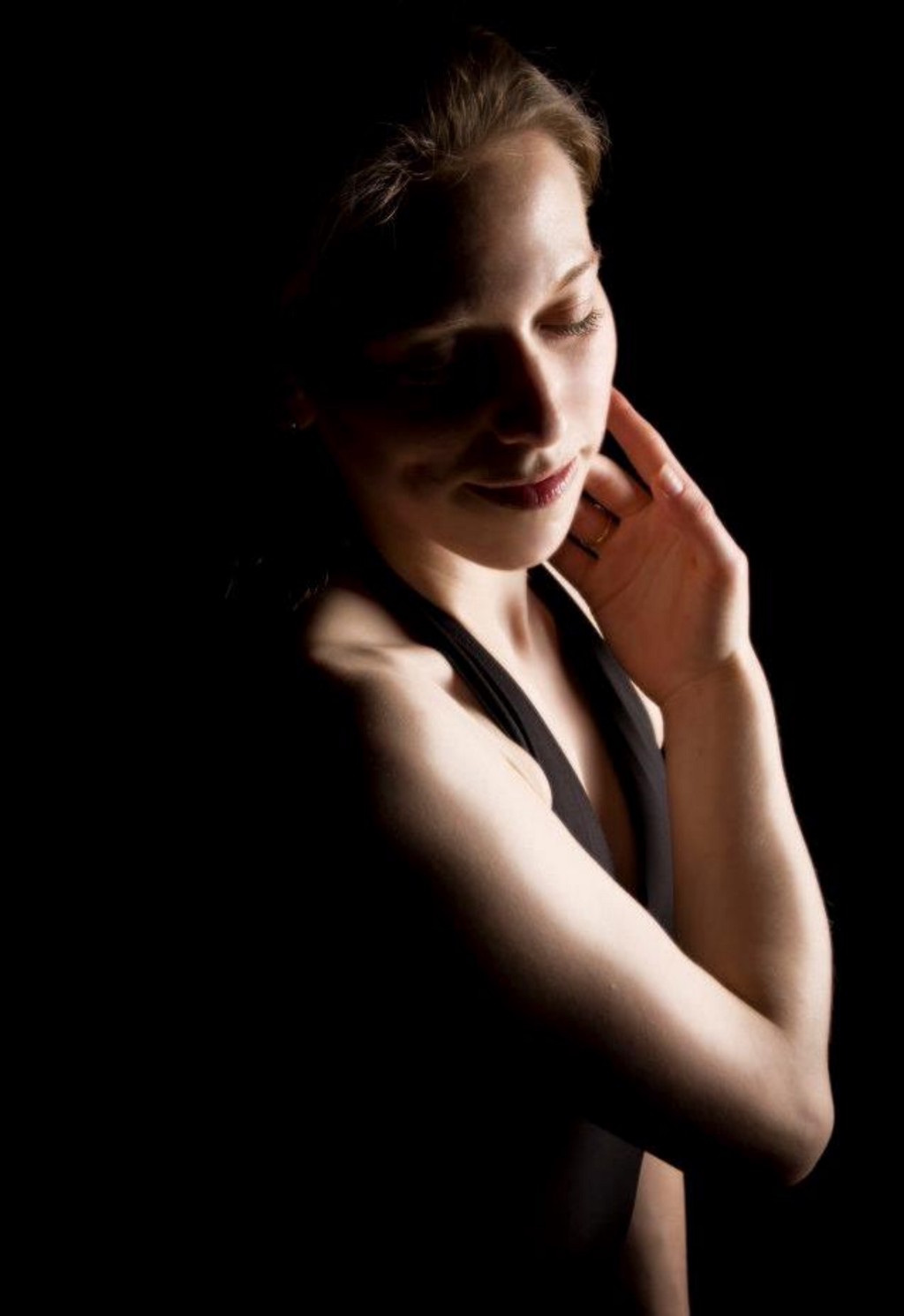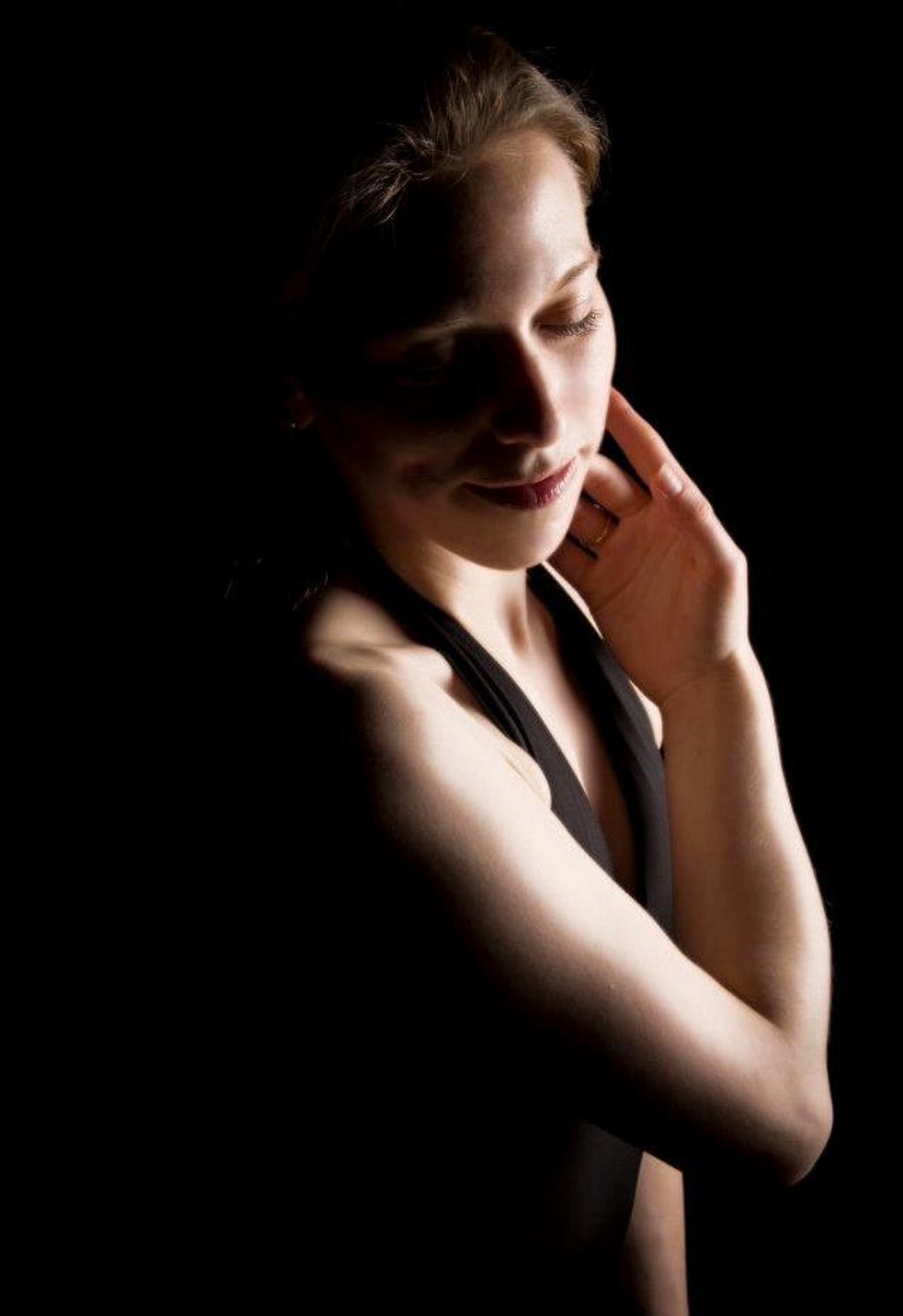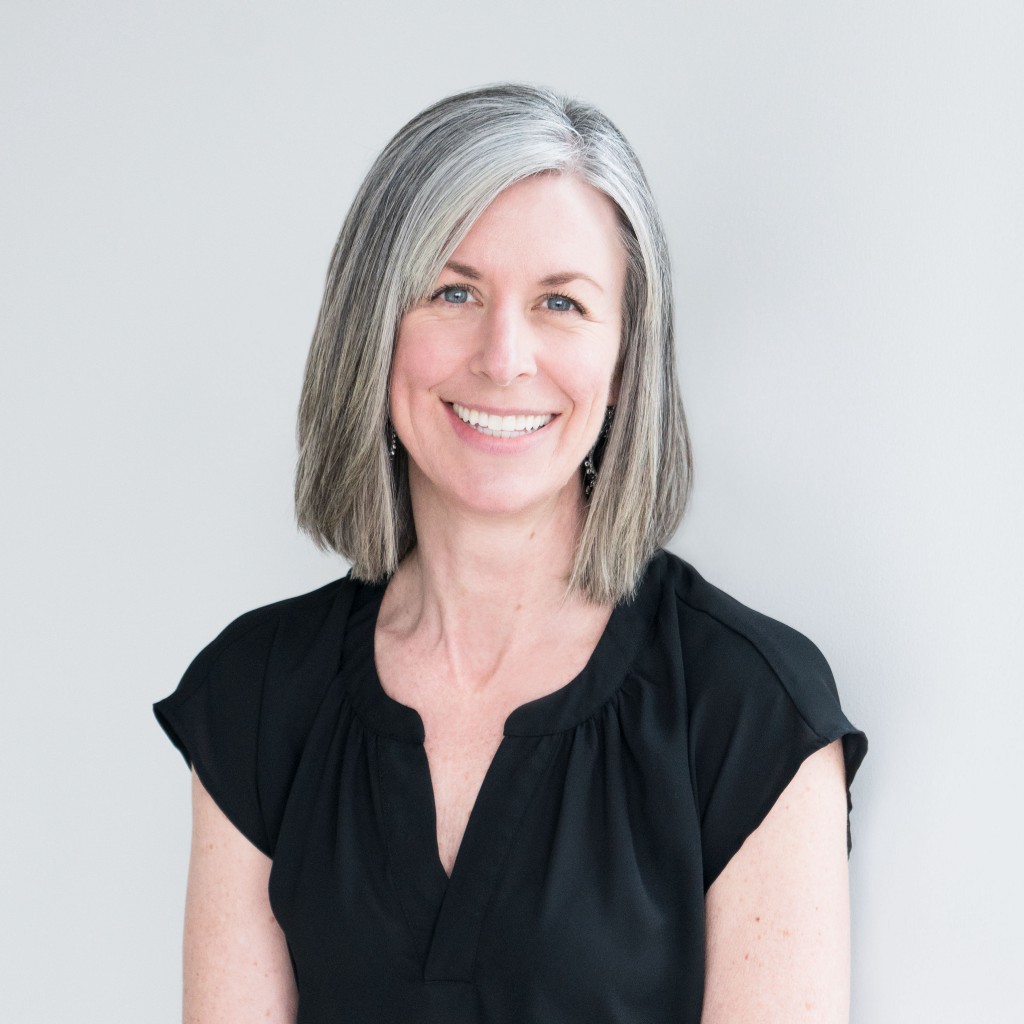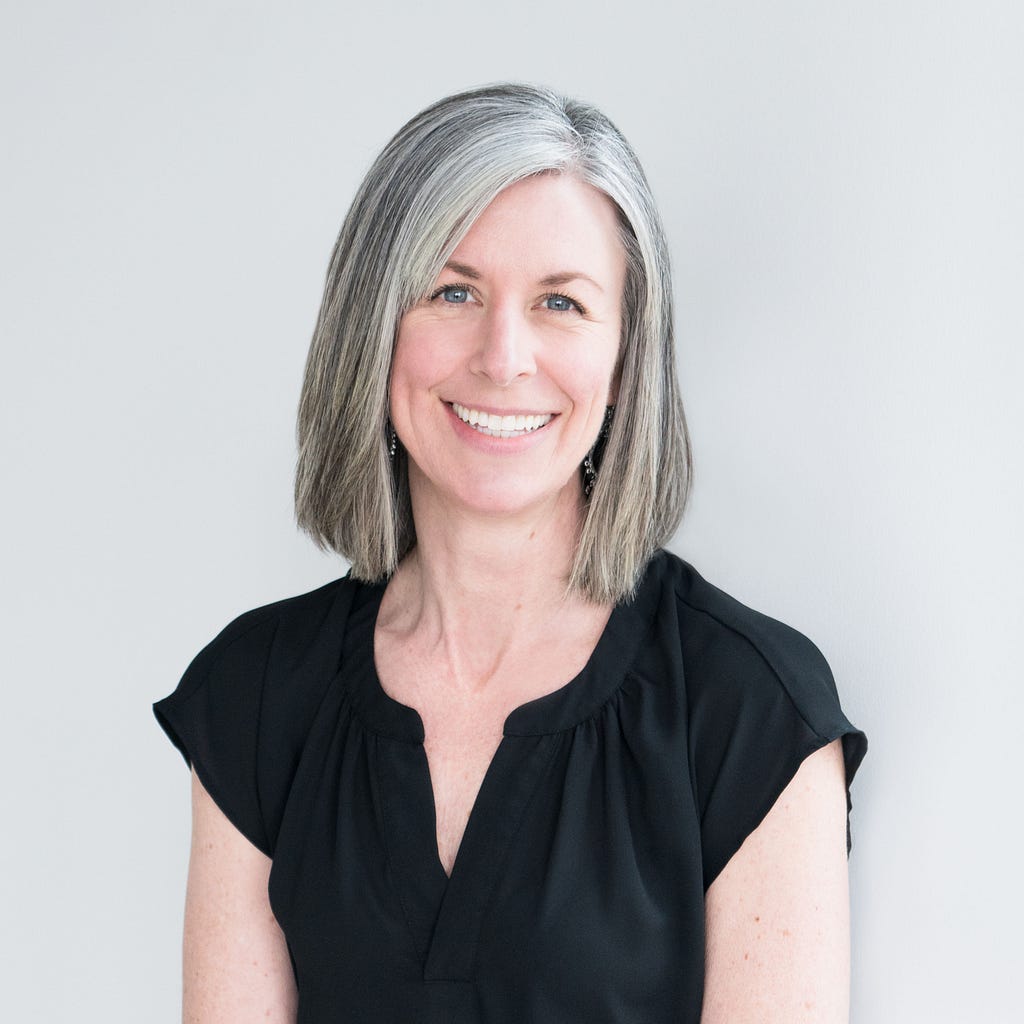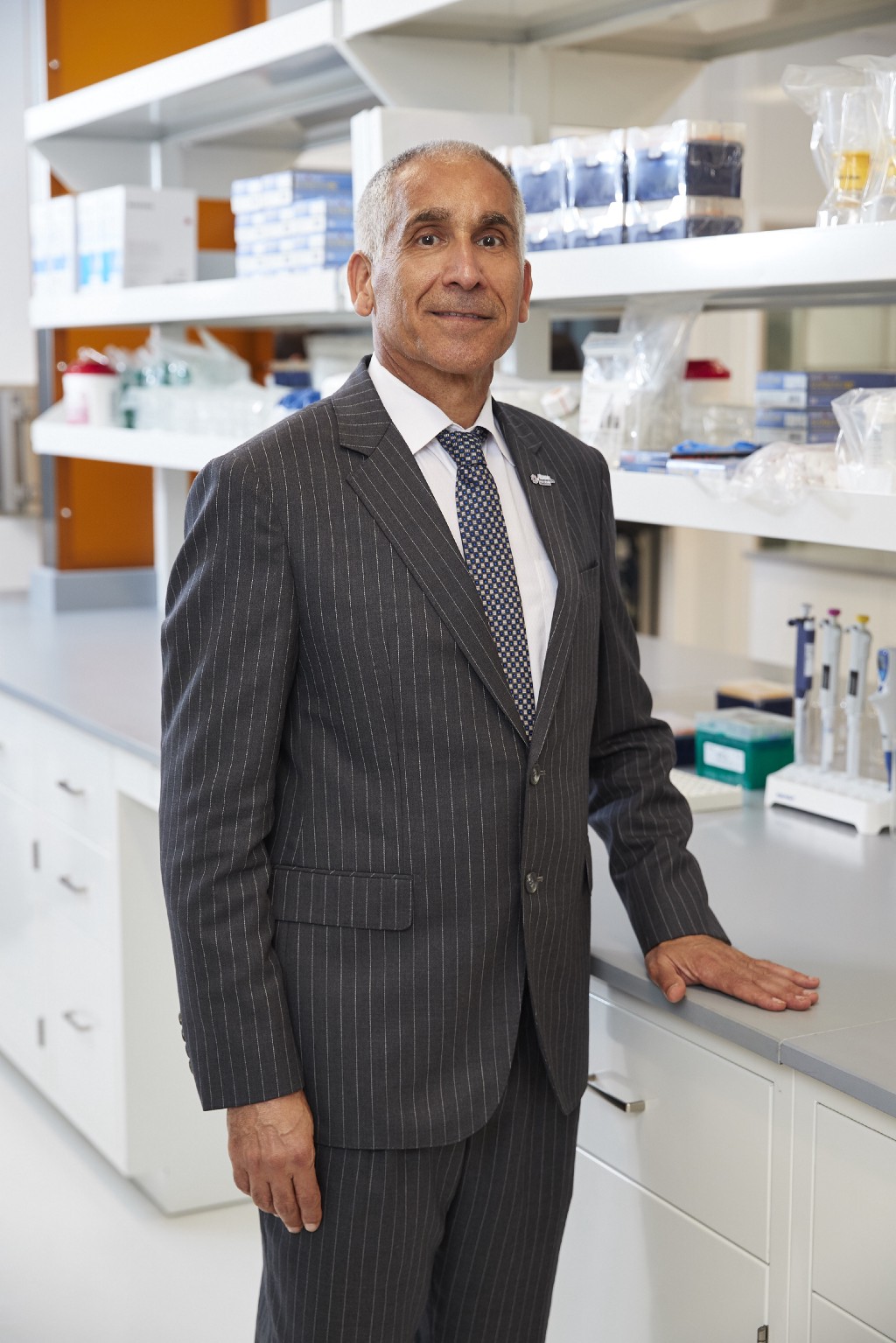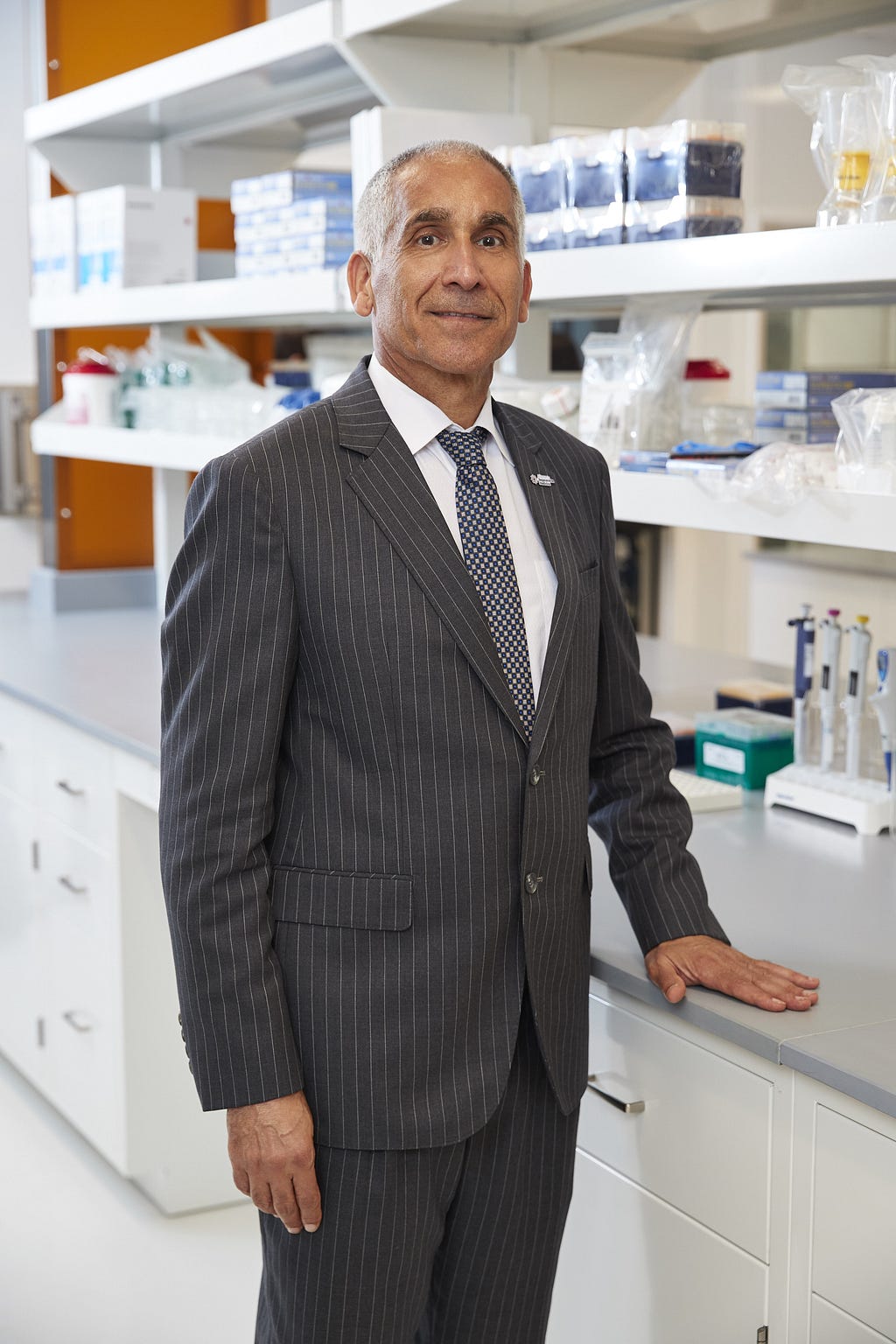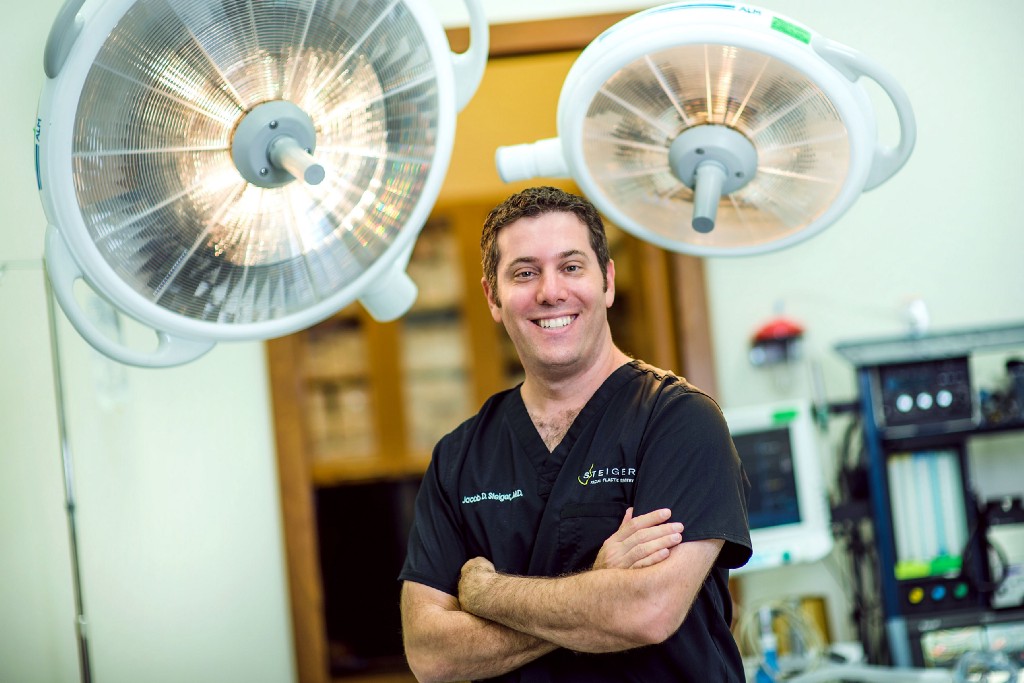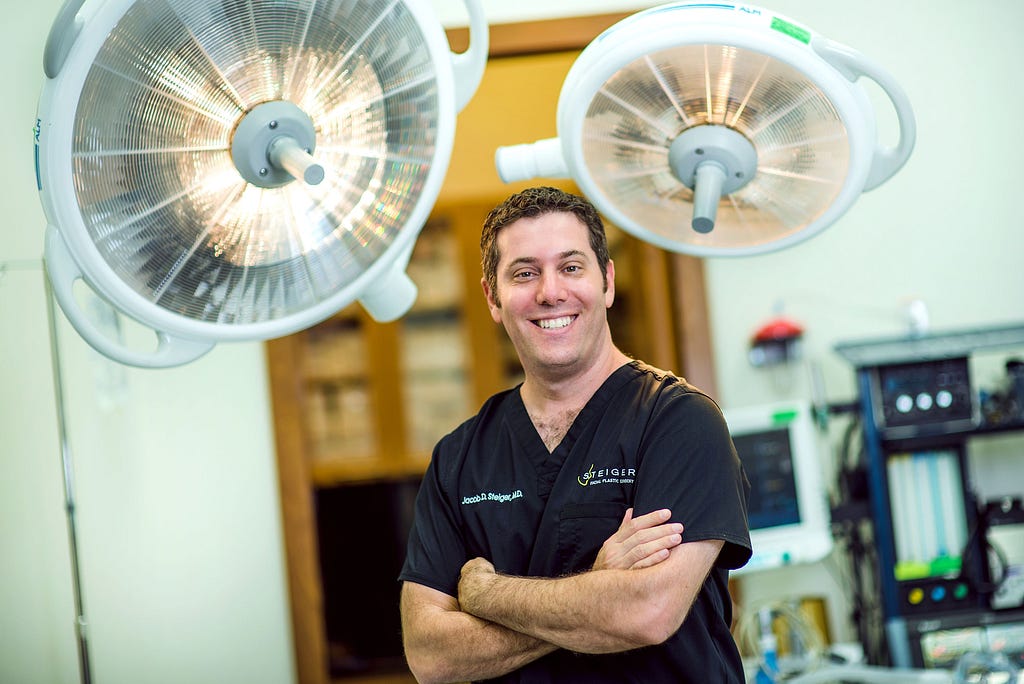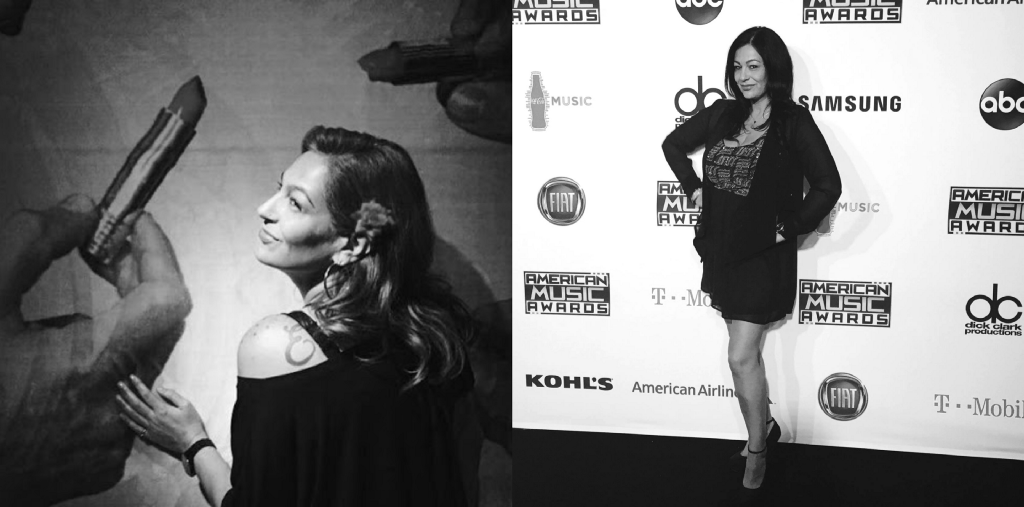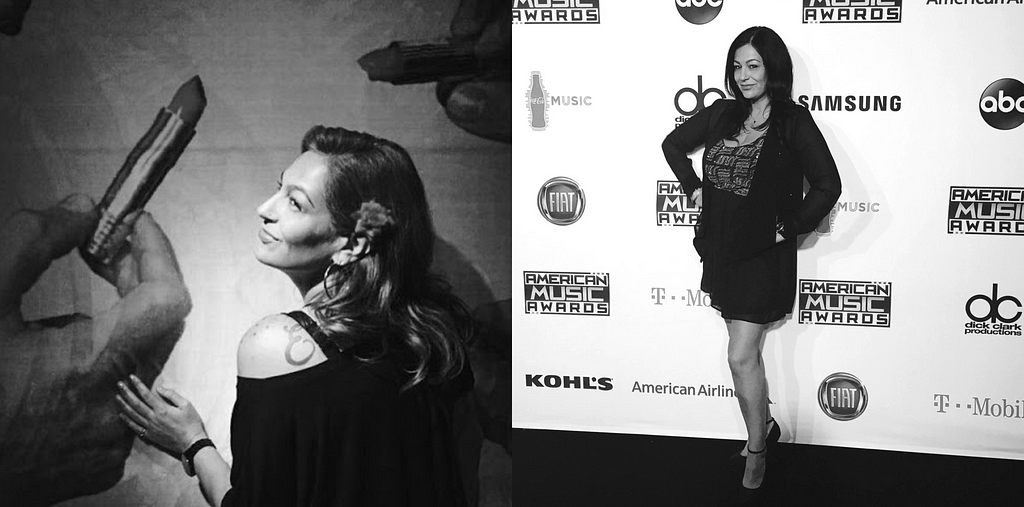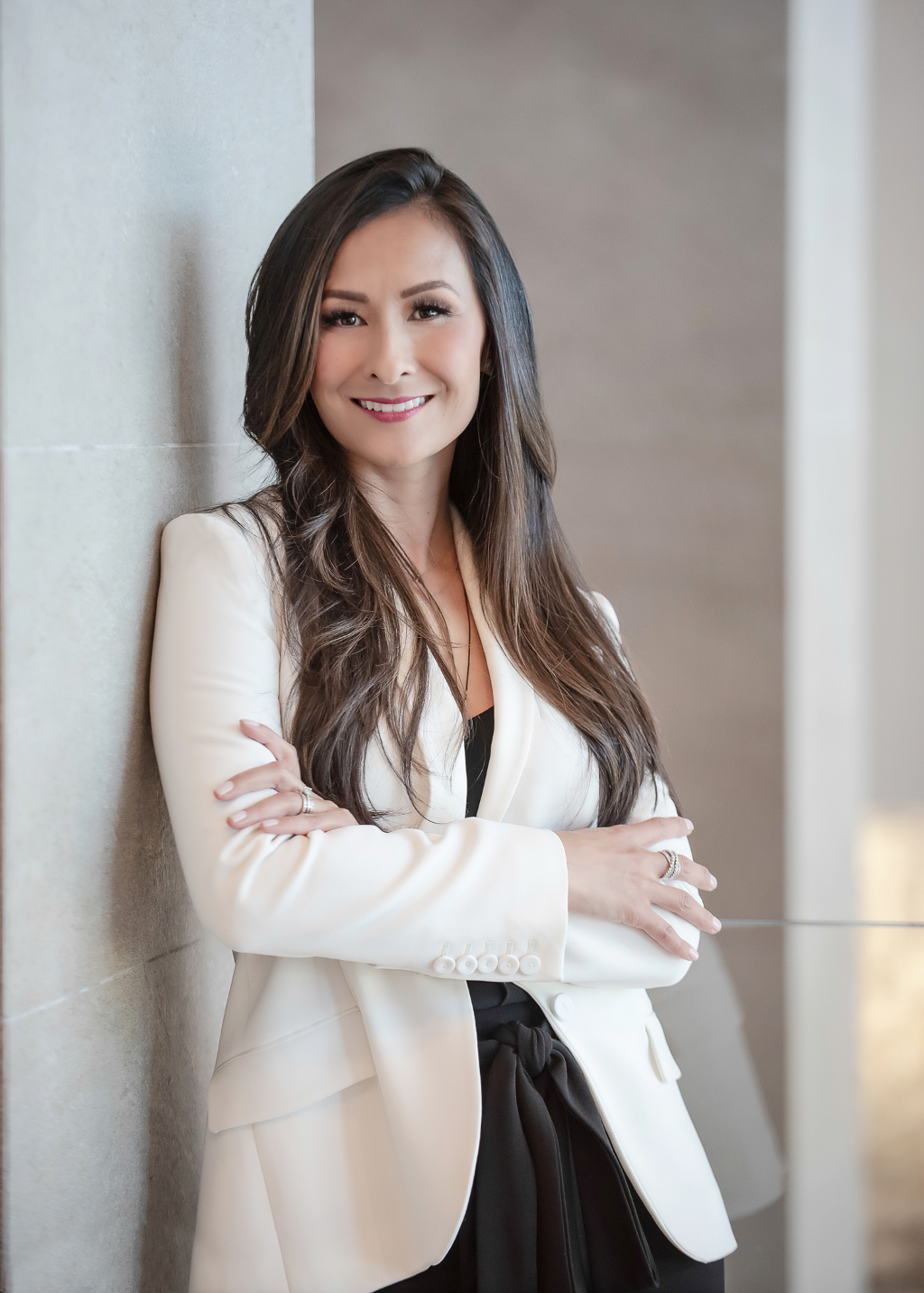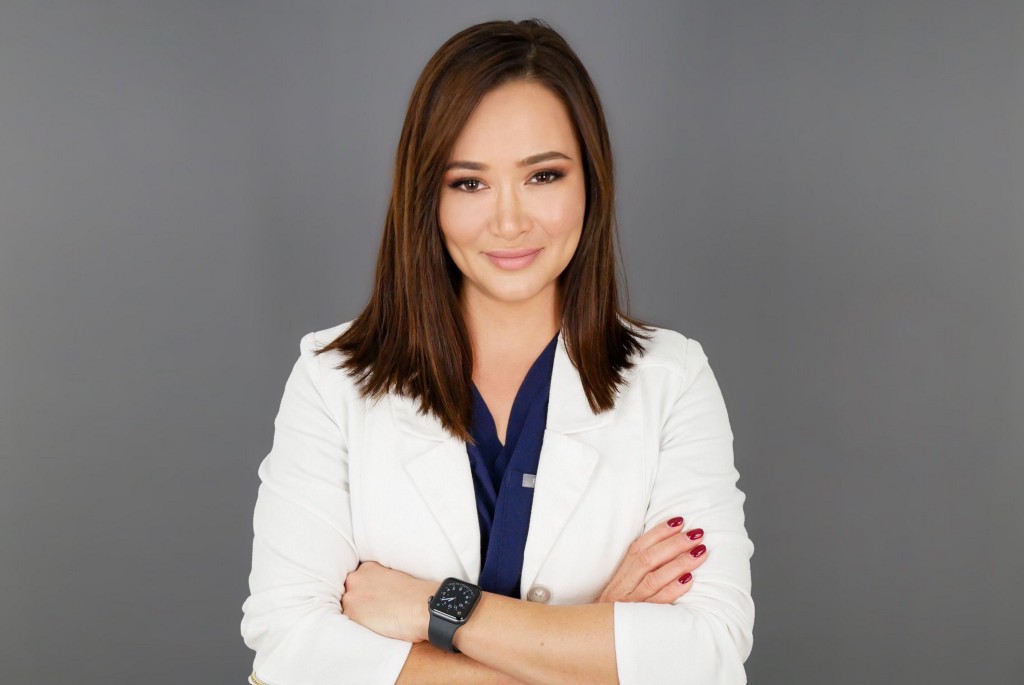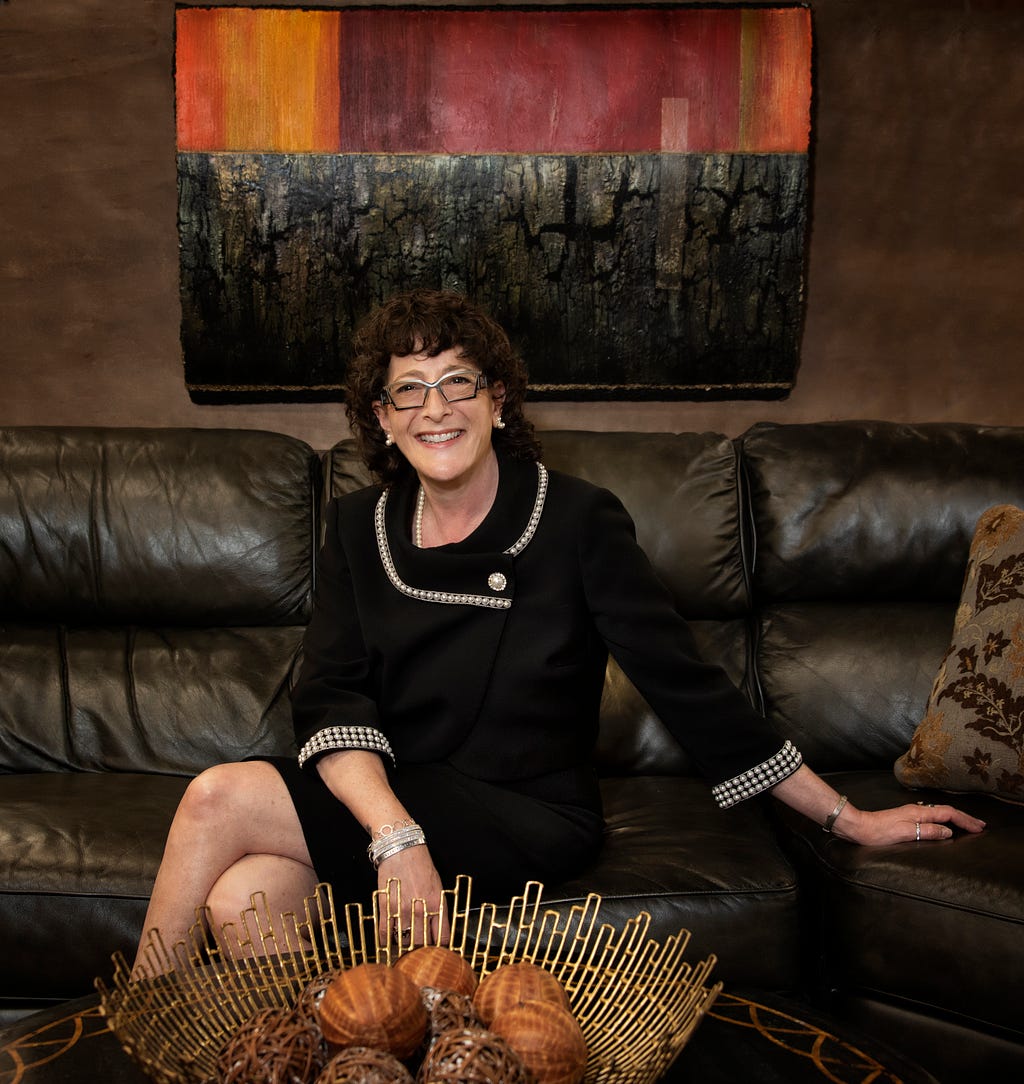
I would create the Curiosity Movement. This Movement would be based on the idea that until you know someone well, you can’t judge them. And that once you know them, you won’t want to judge them because you’ll understand them. If more people were curious instead of judgmental the world would be a more accepting place and people would be happier.
As part of my series of interviews about “How to Use LinkedIn To Dramatically Improve Your Business”, I had the pleasure of interviewing Diane Helbig.
Diane Helbig is an international business and leadership change agent, author, award-winning speaker, and podcast host. As president of Helbig Enterprises Diane helps businesses and organizations operate more constructively and profitably.
Diane is passionate about guiding business professionals through the challenges of planning and growing a business. From leadership to strategic planning to sales training, Diane provides her clients with expertise based on over 20 years of business leadership and sales experience.
Diane’s no-nonsense, straightforward approach cuts through the noise and allows her clients and training participants opportunities to realistically and enthusiastically implement the plans they devise.
Diane is the author of Succeed Without Selling, Lemonade Stand Selling and Expert Insights, and is the host of Accelerate Your Business Growth podcast. Diane is the founder of Business Opportunity Network, a business development program where business therapy meets growth.
Thank you so much for doing this with us! Can you tell us a story about what brought you to this specific career path?
When my father passed away I started evaluating my life and work. My sister suggested I become a marriage counselor because of the way I communicate. I thought that was funny because I hadn’t been known in my family as being an effective communicator. My best friend suggested I become a life coach because I like to tell people what to do. I hadn’t heard of coaching so I decided to explore. I realized I wouldn’t be able to get my Masters in Social Work while working full time and with two small children. However, when I explored coaching I found my destiny. At that time I decided to become a business coach. I knew I couldn’t be a life coach for a variety of reasons. However, thanks to my father and my previous business experience, business coaching was perfect. I could use everything I had learned over years of leadership and sales experience to help small business owners overcome challenges.
Can you share the most interesting story that happened to you since you started this career?
My gosh, I find so many things I’ve experienced over the years have been interesting! If I had to choose one, I’d have to say my introduction to Jonathan Farrington and the Top Sales World program. When I started my practice, I began writing articles about sales and leadership and posting them online. One day I got an email from someone I didn’t know telling me one of my articles was a Top Ten Sales Article of the Week on a site I’d never heard of. The next week he emailed again to let me know my article had been selected as THE top sales article of the week. At the end of the month, I was informed that my article was the best sales article of the month. This same gentleman sent me a huge box with a sales game as a sort of reward for the accomplishment. This whole experience was even more amazing to me when I discovered that the man, Jonathan Farrington, was a Brit who lived in France. Imagine! My thoughts and ideas had been discovered by someone a world away. As we continued to correspond, we built a great business relationship. Because Jonathan believed I ‘got it’ when it came to what works in sales, he asked me to join his collaborative of sales experts — Top Sales World. I couldn’t believe it. Me, a part of a group of really stellar experts in the sales space. I’ve been a part of Top Sales World ever since. I’ve built incredible relationships with the other experts and have had many opportunities to participate in events and programs due to the affiliation.
Can you share a story about the funniest mistake you made when you were first starting? Can you tell us what lesson you learned from that?
It was my 2nd or 3rd workshop early in my practice. I was talking about how we are all in competitive industries and picked insurance as the industry to make my point. I said, “You can’t swing a dead cat without hitting an insurance agent.” When the program ended a woman approached me to say I had offended her because she loved cats. That caught me off guard! I mean, I’m a cat lover and that’s an old saying that people have used for ages. I certainly didn’t mean anything against cats! However, she thought I was talking about actually swinging dead cats. Point taken. I stopped using that phrase and started reviewing my content closely. I realized that how I am heard is up to me and I have to think about how the audience might receive what I’m sharing with them.
Which social media platform have you found to be most effective to use to increase business revenues? Can you share a story from your experience?
LinkedIn has been the most effective social media platform for revenue growth. I like to connect and engage with people on LinkedIn as well as share information. Over the years, I’ve developed relationships that have given me opportunities to conduct paid presentations. I’ve also gained a couple of clients through LinkedIn. When people connect with my content they then reach out to explore how I might be able to help them. LinkedIn is the perfect platform for me because I sell to businesses.
Let’s talk about LinkedIn specifically, now. Can you share 5 ways to leverage LinkedIn to dramatically improve your business? Please share a story or example for each.
- Leverage LinkedIn with your profile. Your profile is the first look most people will get of you. Your picture should be professional. Your headline should indicate what you do instead of your position. Your summary should not read like a resume unless you are looking for a job. The summary is a great place to share why you do what you do and who you help. It’s your opportunity to let people into your world. You can add pictures or videos to your summary as well. Fill out your profile as much as you possibly can. That includes your high school years. It may sound crazy but the people you went to high school with trust you. There’s something about growing up with someone that circumvents the relationship-building phase. Since LinkedIn is about business relationships you want to build your community with all of the people you’ve known. And yes, that includes those you grew up with. The more information you put on your profile the easier it is for LinkedIn to connect you to people you might know.
- Leverage LinkedIn with your connections. As I mentioned, the community you build will help you grow your business. When you connect on LinkedIn with people from all of your spheres of influence you exponentially expand your reach. You should not connect with people so you can sell to them. You should connect with people to further build a business relationship. Everyone has three spheres of influence. The first is full of the people you are closest to. Family, best friends, co-workers. The next circle consists of people with whom you have some relationship. This would include your neighbors, parents of your children’s friends, members of the religious institution where you engage, and people you went to school with. The third and farthest sphere is made up of previous co-workers, past clients and vendors, old neighbors, friends of friends, and friends of family members. Your closest connections are easy to engage with. The second group requires a strategy to ensure you are building those relationships. The third group is the one you will selectively engage with depending on certain parameters like where they work and who they know. If you decide to connect with strangers, have a reason! And write a note so they see the reason. Remember, that reason should not be to sell them something. I’ve had people connect with me just to start a conversation. Over time we’ve gotten to know each other professionally. Those relationships have led to some people being guests on my podcast, opportunities to participate in conferences and summits, and discovering resources I can share with my clients. The opposite is also true. I’ve had people connect with me and then immediately try to sell me their program, product, or service. I usually disconnect from those people. They aren’t interested in exploring whether there might be an opportunity. They are connecting for dollars. Ten times out of ten I don’t need what they are peddling. So, there is no reason to keep them in my community.
- Create awareness and build credibility. LinkedIn is a great place to provide content that is relevant to your audience. When you share information that is insightful, informative, and engaging, people have the opportunity to get to know you and your level of expertise. This goes beyond the status updates. Share articles and videos in the LinkedIn Pulse section. Once your post is live, LinkedIn shares it with people who have expressed interest in the topic. This gets you in front of people beyond your connections. Keep an eye on likes and comments. Engage with those who comment on the article. Status updates are great for sharing content you’ve created elsewhere. Share links to your blog posts, podcast interviews, webinars, videos, and articles you posted on other platforms. Currently, I do a live short program on Facebook and YouTube every week where I talk about sales. Once that’s done, I share the YouTube link in my LinkedIn status update. It is current, relevant content directly related to my business. It increases my credibility and keeps me in front of my community. Include commentary and hashtags so people can find the content easily. And comment on the status updates of the people you are connected to. LinkedIn is an ecosystem. The more you participate the more you will be seen.
- Check your notifications. LinkedIn provides you with notifications around a variety of activities. Get in the habit of checking your notifications at least once per day. And don’t just check them! Act on them. If someone mentions you in a post, read it, and comment on it. If someone is celebrating an anniversary or new job, congratulate them. Taking action keeps you engaged with the people in your community. And that engagement is crucial to relationship building.
- Get introduced to your prospects through LinkedIn research. LinkedIn is not the place to sell to your target market. However, it is a great place to do prospecting research and discover how you are connected to those in your target audience. Let’s face it. There’s nothing better than a warm introduction. When you’ve built a community on LinkedIn you can quickly see who could be introducing you to your prospects. Example: John wants to meet with property managers. He searches for them on LinkedIn using the search function. He selects the location and checks the box for 2nd connections. He receives a list of people who have Property Manager in their profiles. For each person, there is an indication of connections. These are the people who John is directly connected to and the property manager is directly connected to. When John looks at those names he can determine the best course of action. He reaches out to one of the 1st connections and asks if the person would be open to introducing John to the 2nd connection. When everyone has been doing their relationship building, those introductions are easy. The 1st connection is happy to make the introduction because she trusts John. Her connection is happy to receive the introduction because he trusts her.
Because of the position that you are in, you are a person of great influence. If you could inspire a movement that would bring the most amount of good to the most amount of people, what would that be? You never know what your idea can trigger. 🙂
I would create the Curiosity Movement. This Movement would be based on the idea that until you know someone well, you can’t judge them. And that once you know them, you won’t want to judge them because you’ll understand them. If more people were curious instead of judgmental the world would be a more accepting place and people would be happier.
Some of the biggest names in Business, VC funding, Sports, and Entertainment read this column. Is there a person in the world, or in the US with whom you would love to have a private breakfast or lunch with, and why? He or she might just see this if we tag them 🙂
I would love to have a private breakfast or lunch with Warren Buffett. I think he’s brilliant and would love to absorb as much of his wisdom as I possibly could.
Thank you so much for these great insights. This was very enlightening!
Author Diane Helbig: How to Use LinkedIn To Dramatically Improve Your Business was originally published in Authority Magazine on Medium, where people are continuing the conversation by highlighting and responding to this story.


